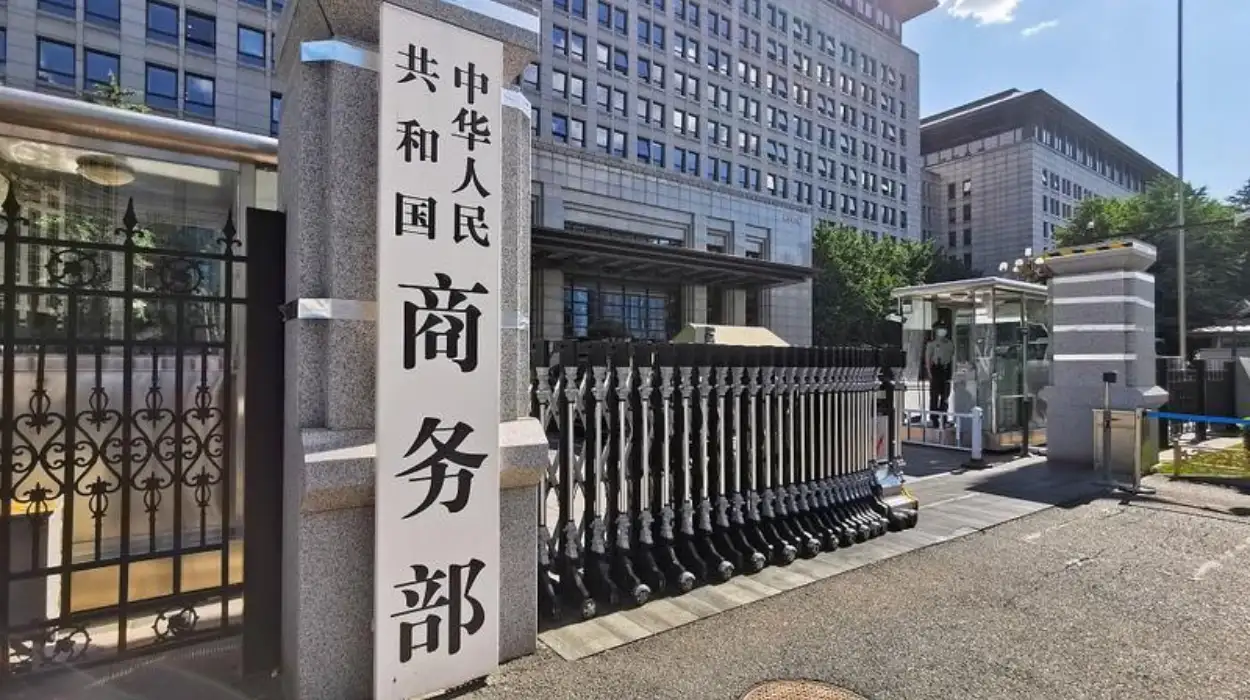An international team of researchers has uncovered a previously undiscovered chamber within the Cheops pyramid of Giza. The Cheops pyramid, also known as the Great Pyramid of Giza, is a massive ancient pyramid located in Giza, Egypt. It is one of the three pyramids in the Giza pyramid complex, and it was built during the reign of the Pharaoh Khufu in the Fourth Dynasty, around 2560 BCE.
Important Find in the Cheops Pyramid of Giza
A previously unknown chamber in the Cheops pyramid of Giza has been discovered by an international research team. As early as 2016 measurements had given reason to assume the existence of a hidden hollow space in the vicinity of the chevron blocks over the entrance. Now scientists from the Technical University of Munich (TUM) have used ultrasound and endoscopy to make an important contribution to confirming this assumption. The status of the Egyptian pyramid as one of the best-investigated structures in the world makes this find particularly important.
Until now, this chamber was only an assumption based on measurement data, but now its existence can be confirmed. Credit: TUM
Standing at over 140 meters tall, the Cheops pyramid is considered the largest and oldest of the pyramids of Giza. It is made of millions of limestone blocks, and it is believed to have taken more than 20 years to construct. As part of one of the Seven Wonders of the Ancient World, it has been thoroughly explored; however, the structure still holds many undiscovered secrets. TUM researchers have now solved one more of the pyramid’s mysteries.
As part of the international research team “ScanPyramids” the Munich scientists have proven the existence of an empty chamber which was until now only posited based on measurement data. The hollow space is located above the original entrance to the pyramid, which is not accessible to the public.
Assumption confirmed
In 2016 several measurements by Japanese and French researchers provided evidence for the existence of the chamber. The TUM research group has been on board since 2019, helping to explore the pyramid for hidden structures. They use various non-destructive testing methods which make it possible to look into the stone blocks and the areas behind them. “The pyramids are a World Heritage Site. This means we have to be especially careful when conducting our investigations so that we don’t damage anything. We’re working on the Cheops pyramid with radar and ultrasound measuring devices that can be used on a non-destructive basis, and in part even contact-free,” says Prof. Christian Grosse, TUM Chair of Non-Destructive Testing.
Researchers use an endoscope to look into the chamber, which has probably not been seen by humans for around 4500 years. Credit: TUM
Chamber is larger than expected
The initial measuring devices provided a good first impression of the situation. The scientists then used endoscopy to confirm the assumption. The team found an opening between the stones of the chevron, a solid stone construction, through which they were able to run a tube into the chamber. They then used this tube as a guide for an endoscopic camera lens. The camera confirmed the existence of the hollow space. “Discovering a hollow space in a pyramid is already something special. But the fact that this chamber is large enough to accommodate several people, well, that makes the discovery even more important,” says Prof. Grosse.
The chamber is larger than researchers had assumed in the past. The original measured data pointed to the existence of a corridor at least five meters long; however, according to initial estimates, the length of the chamber considerably exceeds this length. There are no footprints or other evidence of human activity to be seen within the chamber. Thus the research group assumes that this room has not been seen by anyone for approximately the last 4,500 years.
Part of the research group directly in front of the site. f.l.t.r. Johannes Rupfle (TUM), Prof. Kunhiro Morishima (Nagoya University, Japan), Prof. Hany Helal (Cairo University, Egypt), Prof. Christian Grosse (TUM), Prof. Jean-Baptiste Mouret (Inria, France), Prof. Mohamed Elkarmoty (Cairo University, Egypt). Credit: TUM
New chamber calls for further research
Determining the former purpose of the newly discovered chamber and what is located behind the back wall of the room will require additional research. The confirmed findings highlight the need for further investigation of Egyptian pyramids and in particular the value of the new approach using a combination of various testing technologies and procedures.
Reference: “Localization and shape determination of a hidden corridor in the Great Pyramid of Giza using non-destructive testing” by Mohamed Elkarmoty, Johannes Rupfle, Khalid Helal, Mohamed Sholqamy, Mohamed Fath-Elbab, Jochen Kollofrath, Benedikt Maier, Amr G. Hamza, Alejandro Ramirez-Pinero, Thomas Schumacher, Randa Deraz, Clarimma Sessa, Olga Popovych, Hamada Anwar, Khaled Taie, Mehdi Tayoubi, Christian U. Grosse and Hany Helal, 2 March 2023, NDT & E International.
DOI: 10.1016/j.ndteint.2023.102809





















Discussion about this post